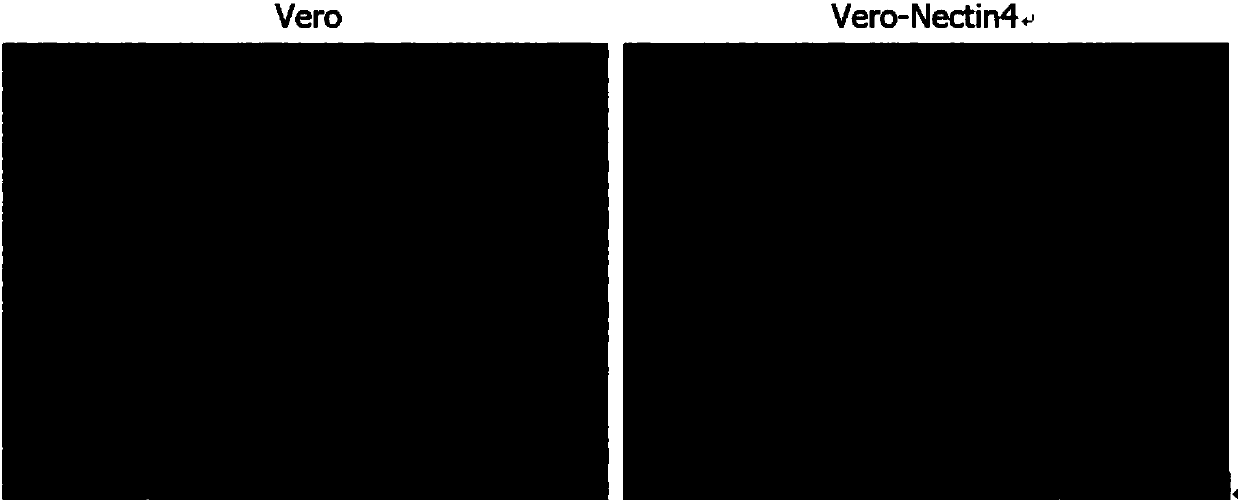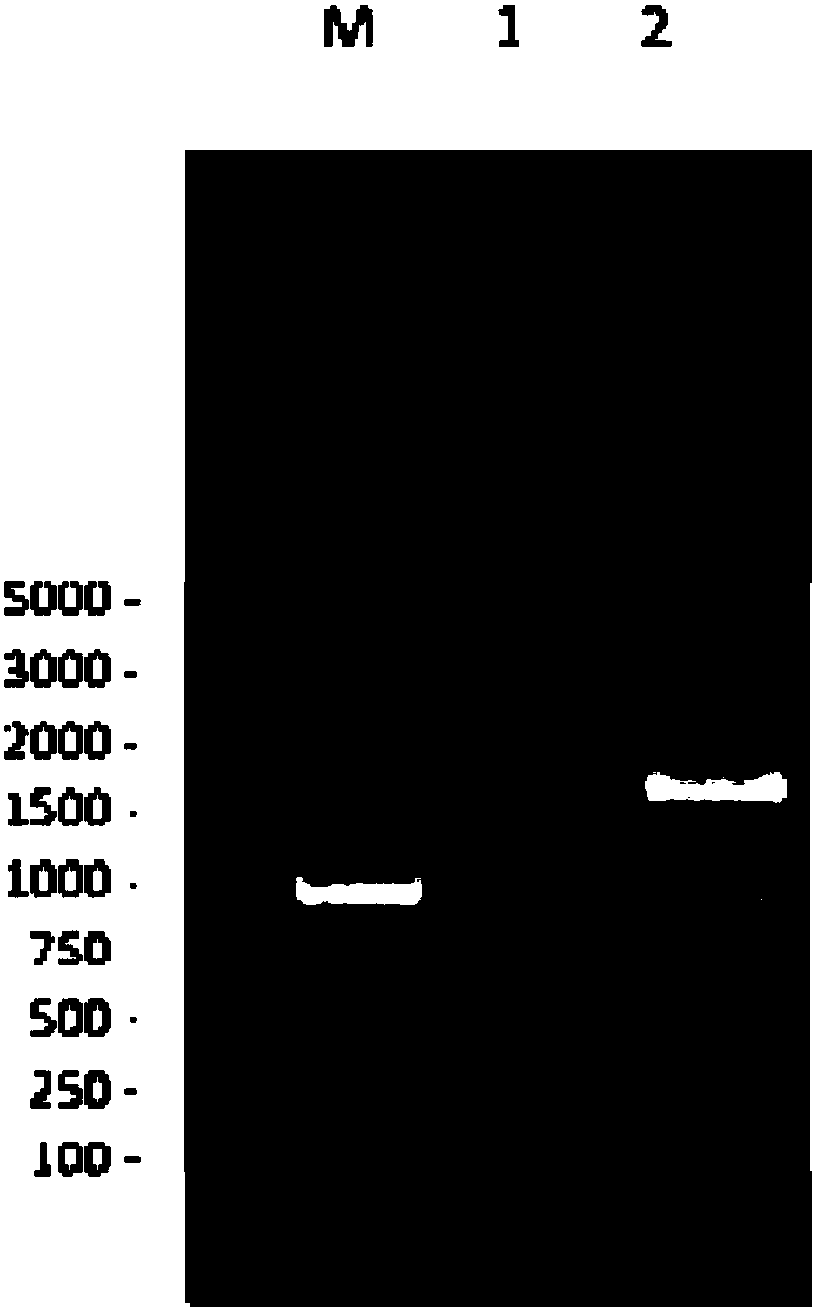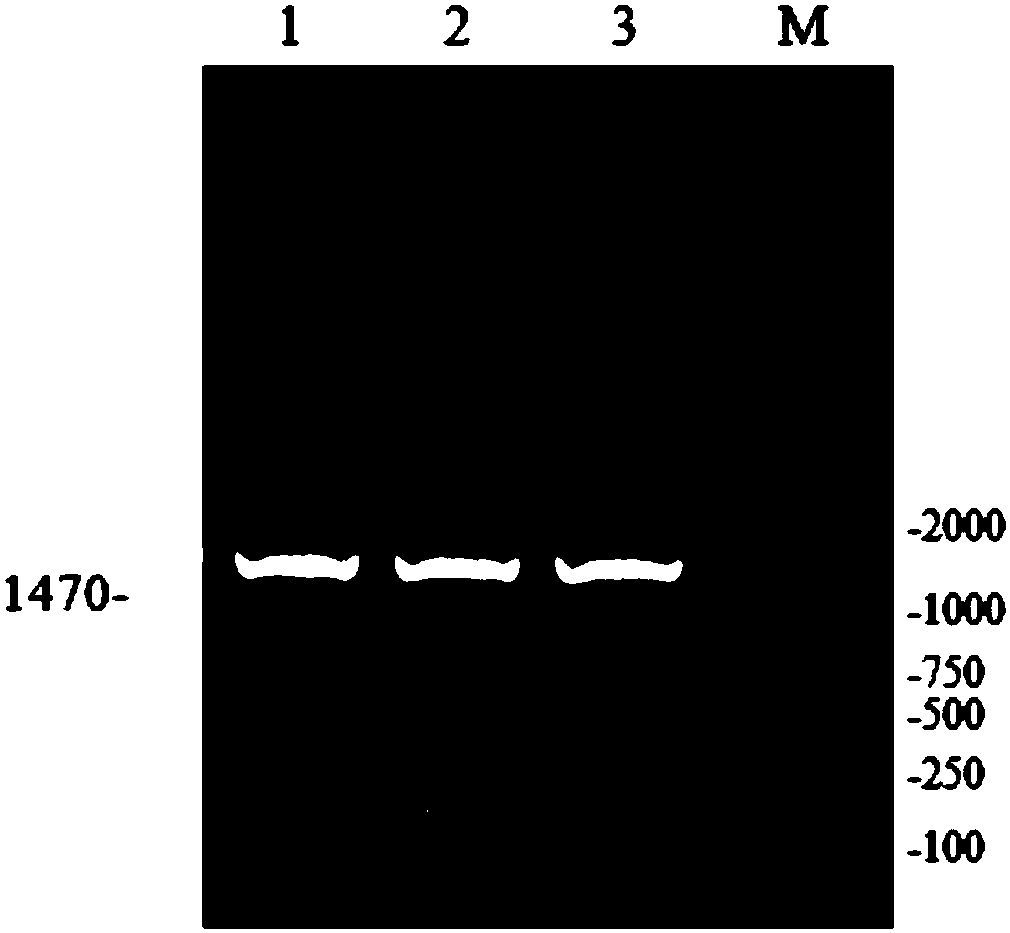Method for establishing canine distemper sensitive cell line based on Nectin4 receptor and application
A sensitive cell and establishment method technology, which is applied in the field of canine distemper sensitive cell line establishment, can solve the problems of CDV growth cycle being too long and not growing, and achieve the effects of improving virus isolation rate, enhancing affinity ability, and increasing localization efficiency
- Summary
- Abstract
- Description
- Claims
- Application Information
AI Technical Summary
Problems solved by technology
Method used
Image
Examples
Embodiment 1
[0063] Example 1 Establishment of canine distemper sensitive cell line based on Nectin4 receptor
[0064] 1. Method
[0065] 1 Nectin4 gene preparation and modification
[0066] 1.1 Handling of tissue samples and experimental equipment
[0067] The placental tissue samples of Beagle dogs were collected in a sterile environment, quickly frozen with liquid nitrogen and stored in a -70°C refrigerator. Take 5g of tissue samples and crush them at low temperature in advance and place them in a mortar pre-cooled with liquid nitrogen. Grind thoroughly until no tissue particles are visible to the naked eye. During this period, add an appropriate amount of liquid nitrogen to maintain the frozen state of the tissue. Take every 0.1g of the ground tissue Aliquot the sample into 1.5ml RNase-free EP tubes, add 1ml Trizol, vortex well and store in a -70°C refrigerator or directly use for total RNA extraction.
[0068] 1.2 Sample total RNA extraction and cDNA synthesis
[0069] 1.2.1 Extra...
Embodiment 2
[0135] Embodiment 2 adopts pCI-Neo plasmid transfection method
[0136] The IRES-Puro fragment was amplified by the PCR method, and the IRES-Puro fragment was connected to the downstream of the Nectin4 sequence of the pMD18T-Nectin4 plasmid through the restriction site to obtain the Nectin4-IRES-Puro tandem sequence. The recombinant plasmid was amplified, and the pCI-Neo vector and the recombinant plasmid were double-digested respectively through restriction sites, and the Nectin4-IRES-Puro sequence was inserted into the pCI-Neo vector to obtain the pCI-NIP plasmid.
[0137] The pCI-NIP plasmid liposome method was used to transfect Vero cells, and culture was continued for 24 hours after transfection. After 24 hours, the transfected cells were digested and diluted at a ratio of 1:10 to pass into a 10cm culture dish, and culture was continued for 24 hours. 48 hours after the cells were transfected, the medium was replaced with a complete medium containing 6 μg / mL puromycin, and...
PUM
 Login to View More
Login to View More Abstract
Description
Claims
Application Information
 Login to View More
Login to View More - R&D
- Intellectual Property
- Life Sciences
- Materials
- Tech Scout
- Unparalleled Data Quality
- Higher Quality Content
- 60% Fewer Hallucinations
Browse by: Latest US Patents, China's latest patents, Technical Efficacy Thesaurus, Application Domain, Technology Topic, Popular Technical Reports.
© 2025 PatSnap. All rights reserved.Legal|Privacy policy|Modern Slavery Act Transparency Statement|Sitemap|About US| Contact US: help@patsnap.com



